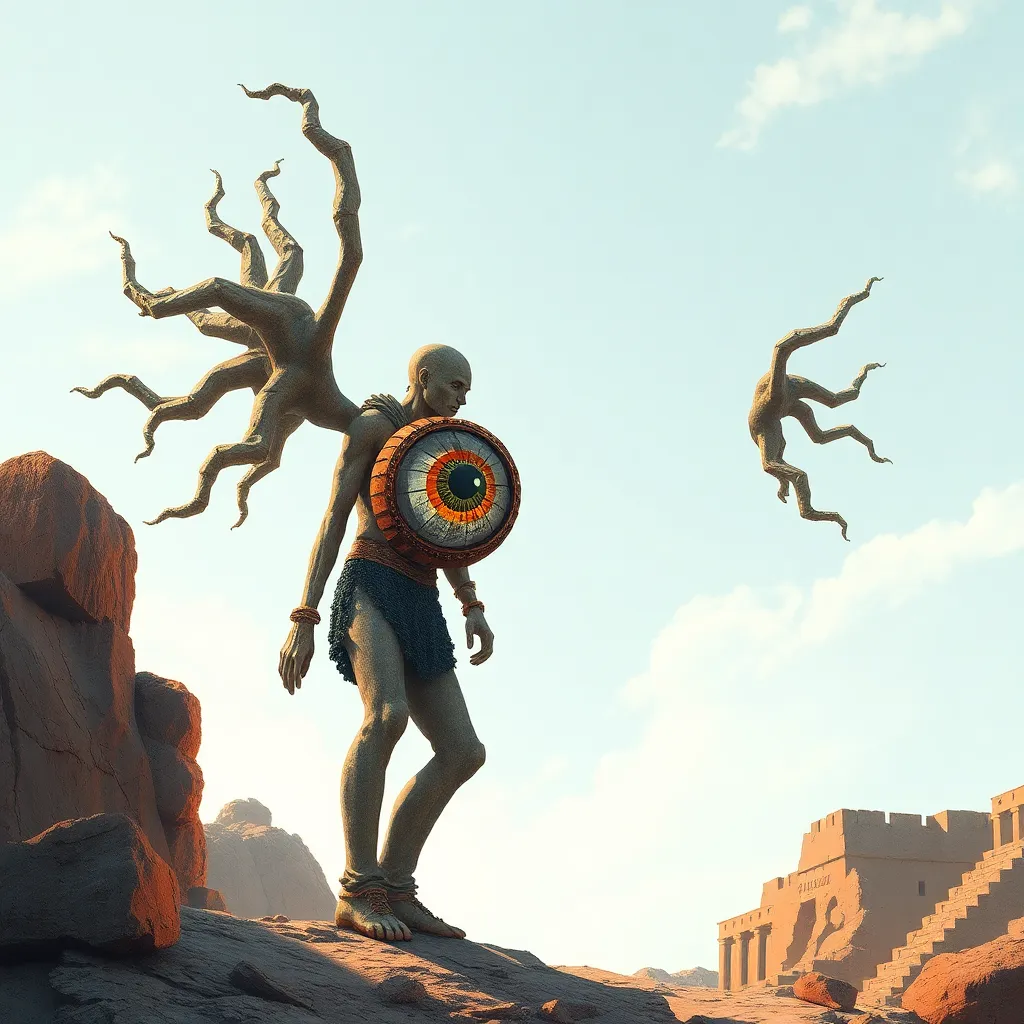The Harpies as a Metaphor for Greed and Corruption
Introduction
The Harpies, rooted in ancient mythology, are creatures that embody a blend of avian and human traits, often depicted as winged women with sharp claws and fierce tempers. In their original context, they were considered agents of punishment, stealing away individuals and carrying out the will of the gods. However, beyond their physical characteristics, Harpies serve as a powerful metaphor for the darker aspects of human nature, particularly greed and corruption.
Throughout history, the Harpies have been interpreted not only as mythological beings but also as symbols reflecting societal issues. As we delve into their significance, we will explore how the themes of greed and corruption are intricately linked to the Harpies and their actions.
Historical Context of Harpies in Mythology
The origins of Harpies can be traced back to ancient Greek literature, where they were first introduced in works like Homer’s “Iliad” and later in Virgil’s “Aeneid.” Initially, they were portrayed as wind spirits who would snatch away souls or steal food from those who were suffering, often leaving behind only scraps.
Over time, the symbolism associated with Harpies evolved. They became synonymous with the concept of theft and the idea of something valuable being taken away. This evolution reflects humanity’s changing perceptions of the consequences of greed and the moral decay that can arise from it.
The Characteristics of Harpies and Their Symbolic Meaning
Physically, Harpies are described as having the body of a bird and the face of a woman, a combination that evokes both beauty and horror. This duality mirrors the nature of greed itself—attractive in its promise of wealth and power, yet destructive in its consequences.
Their behavior in myths often illustrates a relentless pursuit of their goals, no matter the cost. For instance:
- They are known to be swift and cunning, representing the quick and often ruthless actions of those driven by greed.
- Their tendency to steal and disrupt symbolizes the corrupting influence of unbridled ambition.
- The chaos they bring to their victims’ lives serves as a reminder of the turmoil that greed can inflict on individuals and society.
This connection between Harpy characteristics and human greed highlights the dangers of allowing material desires to overshadow moral integrity.
Greed as a Driving Force in Society
In contemporary society, greed manifests itself in various forms, permeating politics, business, and personal relationships. It can be seen in the relentless pursuit of profit, often at the expense of ethical considerations. Examples include:
- Political corruption, where officials prioritize personal gain over public service.
- Corporate greed, leading to environmental degradation or exploitation of workers.
- Personal relationships strained by the desire for wealth or status.
The Harpies serve as a cautionary symbol against unchecked ambition. Their actions remind us that a singular focus on material gain can lead to moral decay and societal harm.
Corruption and Its Consequences
Corruption, often defined as the abuse of power for personal gain, can take many forms, including bribery, nepotism, and fraud. The parallels between corruption and Harpy-like behavior are striking:
- Just as Harpies steal from others, corrupt individuals often seize opportunities for personal enrichment at the expense of justice and fairness.
- The chaos that ensues from corruption mirrors the disruption caused by the Harpies in mythological tales.
Case studies abound where the effects of corruption have led to significant societal issues, such as:
- Political scandals that erode public trust.
- Corporate fraud that leads to financial crises.
- Social injustices that arise from unequal distribution of resources.
The societal impact of corruption, fueled by greed, is profound, often leading to a cycle of disillusionment and further moral decline.
The Harpies in Literature and Popular Culture
Modern representations of Harpies can be found across literature and media, often serving as metaphors for contemporary issues surrounding greed and corruption. In works such as:
- Neil Gaiman’s “American Gods,” where characters embody the consequences of lost values and rampant consumerism.
- Various films and television shows that depict corrupt politicians or greedy corporate executives as modern-day Harpies.
These representations reflect how the themes associated with Harpies have transcended time, illustrating the ever-relevant nature of greed and corruption in society.
Lessons from the Harpies: Addressing Greed and Corruption
The Harpy metaphor offers several ethical considerations that can guide us in addressing greed and corruption:
- Recognizing the dangers of unchecked ambition and the importance of balancing personal desires with moral responsibilities.
- Implementing strategies to confront and mitigate greed, such as promoting transparency and accountability in both personal and professional spheres.
- Fostering a culture of ethical decision-making that prioritizes community welfare over individual gain.
By learning from the lessons of the Harpies, society can work towards building a more equitable and just world.
Conclusion
In conclusion, the Harpies serve as a poignant metaphor for the greed and corruption that can plague society. Their representation in mythology reflects the timeless struggles between ambition and morality, reminding us of the consequences of allowing greed to take hold.
As we navigate the complexities of the modern world, the relevance of the Harpy metaphor remains significant. By reflecting on these themes, we can strive to learn from the past and work towards a more equitable future, one where the lessons of greed and corruption are not forgotten.



